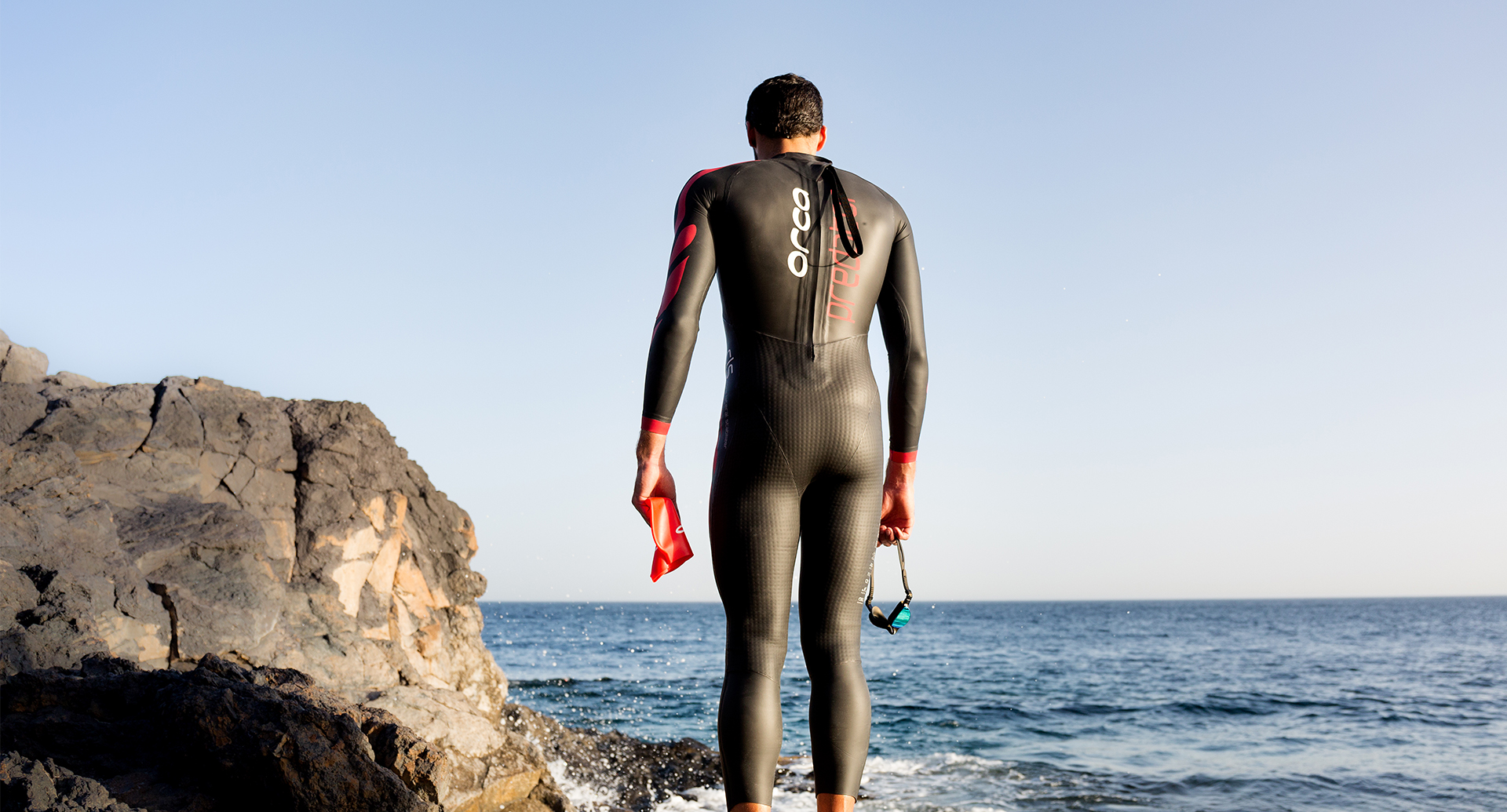Why you should train in your wetsuit - with Sam Betten
24 de julio de 2016
How many sessions would you say you spend training in your wetsuit pre-race? Aussie triathlete and top swimmer Sam Betten explains why this is one training session that should not be overlooked as you prepare for race day.

Aussie Sam Betten is a professional triathlete who has had some of the fastest Professional men's swim times at Ironman 70.3 races around the world in his Orca Predator wetsuit or RS1 Swimskin so is the perfect authority on why you should be training in your wetsuit before your race. Here's what he had to say on why you should make this type of training session a priority.
Here in Australia, temperatures are slowly dropping which makes it the perfect time to get out and spend some valuable training time in your wetsuit. In triathlon I don't believe athletes spend enough time training in their wetsuits and getting accustomed to the difference in body position that a wetsuit puts you in. If you think about it, we spend time training on our racing bikes getting used to the aero position so that we are prepared and used to this come race day. But how many sessions per week would you honestly say you spend training in your wetsuit?
Being that your body position is different while wearing a wetsuit it is of the upmost importance to familiarize yourself with this in training regularly. I have found that by spending two swim sessions or more each week in training that I have seen a big difference in my openwater swimming efficiency on race day. The great thing about getting out in your wetsuit is that you become more in tune with the changed body position. These sessions also give you valuable experience in practicing putting on and taking off your wetsuit and thereby allowing you to be more proficient in this skill come race day.
Being confident and having a plan of the best way to remove your wetsuit in transition is a skill that could see you save several seconds just from a little bit more practice in training. This race simulation is even more important if you are someone who isn't a confident swimmer and practicing in training will really help you to stay relaxed and controlled on race day by giving you the confidence to have your best possible swim leg.
Open water swimming is all about confidence and so the more open water swimming you do as a triathlete the more confident you will become. The added buoyancy of wearing a wetsuit is also great for recovery swims as it takes the pressure off your legs and allows you to focus more on holding a good technique with your arm catch out front. Most professional triathletes I know spend at least one of their recovery swim sessions each week in their wetsuit for the added leg buoyancy (soft kicks due to the added leg floatation which is better for recovery) as well as giving themselves the opportunity to practice swimming in their wetsuit.
The simple fact is that, like anything that you want to become more skilled at, you need to spend the time practicing and perfecting your skills. Too many people see their wetsuit as a race day only tool and then find themselves unfamiliar with how to best utilize the huge time saving benefits that wetsuits will give you IF you spend the time to practice swimming in and getting used to your wetsuit in training. Do yourself a big favor and get out there with your training buddies and practice swimming in your wetsuit. It is honestly one of the easiest ways to become faster and more confident on race day!